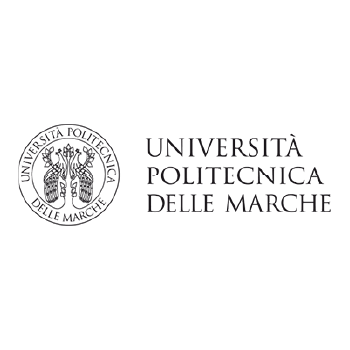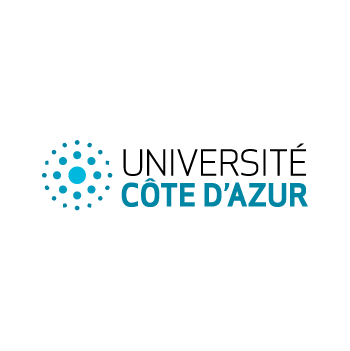The problem
Algal forests are increasingly threatened by local and global stressors. Cystoseira forests (i.e., forests of brown algae of the genera Cystoseira, Ericaria and Gongolaria) form critical habitats at shallow depths in the Mediterranean Sea and their ecological, economic, social value are widely recognised. Indeed Cystoseira spp. are among evaluation criteria for the environmental status of Mediterranean coastal waters.
Cystoseira forests may have lost >80% of their extension in the last decades, showing a major decline in the whole Mediterranean, due to their sensitivity to several stressors (eutrophication, pollution, sedimentation, habitat destruction, grazers proliferation, illegal fishery) acting at local/regional scale but widespread throughout the basin. Regression was reported in many regions, therefore, urgent conservation measures are needed.
Conservation requires knowledge, but several aspects of structure, associated biodiversity and functioning of Cystoseira forests are still unknown. Cystoseira spp. protection is becoming extremely urgent, since the impact of the multiple stressors will be further exacerbated by climate change (mainly due to heat waves and extreme episodic storms.
FORESCUE will provide new tools to respond to these urgencies.
Cystoseira forests may have lost
more of their extension
in the last decades
Specific scientific objectives
Geographic patterns of genetic diversity
READ MORE >>
Tolerance of Cystoseira species to different stressors
READ MORE >>
Cystoseira forests
READ MORE >>
of Cystoseira forests for defining their good environmental status
READ MORE >>
and involvement of stakeholders
READ MORE >>
The novelty
- Large-scale phylogeographic characterization of Cystoseira forests.
- Use of Unmanned Aerial Vehicles (UAVs) for mapping Cystoseira forests.
- Large-scale characterization of microbiomes associated with Cystoseira forests.
- Use of environmental DNA (eDNA) for assessing Cystoseira forests diversity.
- Involvement of Stakeholders in monitoring of Cystoseira forests.
Workpackages

- Task 1.1 Assessment of cryptic diversity vs population structure in Cystoseira spp.
- Task 1.2 Assessment of genetic diversity in well-conserved vs fragmented populations
(Leaders: CCMAR and UNIVPM)


- Task 2.1 Role of acclimatization and/or local adaptation to Cystoseira forests vulnerability to warming and local stressors
- Task 2.2 Laboratory experiments testing the cumulative effects of climate change and local stressors on different species
- Task 2.3 Predictions for conservation plans
(Leaders: CEAB-CSIC and UdG)


- Task 3.1 UAVs development and areas mapping
- Task 3.2 Good Environmental Status indexes
- Task 3.3 Spatial prioritization for macroalgal forests conservation
(Leaders: UNINA and HAO-DIMITRA)


- Task 4.1 Assessment of the demographic structure and reproductive maturity of Cystoseira forests
- Task 4.2 Assessment of photosynthetic performance and calculation of an Integrated Biomarker Response (IBR) index of Cystoseira forests
- Task 4.3 Characterization of metabolic diversity of Cystoseira forests by biochemical analyses
- Task 4.4 Characterization of the microbial assemblage associated with Cystoseira forests
- Task 4.5 Characterization of epiphytic macroalgal vegetation and associated fauna
- Task 4.6 Characterization of eDNA in Cystoseira forests
(Leaders: UGENT & SZN)


- Task 5.1 Stakeholder Engagement and Dissemination Plan
- Task 5.2 E-FORESCUE
- Task 5.3 Organization of workshops for policy makers and practitioners
- Task 5.4 General public and ONGs engagement for conservation actions via Citizen Science
- Task 5.5 Education and training
- Task 5.6 Scientific networking activities
- Task 5.7 Compilation of best practices
(Leaders: UCA abd UNIVPM)


- Task 6.1 Project Management Office (PMO) and Steering Committee (SC)
- Task 6.2 Monitoring of project objectives, products and data protection
- Task 6.3 Managing of project events
- Task 6.4 FORESCUE visibility and overseeing after-life dissemination of the results
(Leader: UNIVPM)

Geographical area covered by the study
Mediterranean Sea (five regions: Balearic Sea, Ligurian Sea, Tyrrhenian Sea, Adriatic Sea, Aegean Sea) and the near Atlantic.
Countries: France, Greece, Italy, Spain and Portugal.
The project will cover multiple Cystoseira forests from across a coherent and representative set of sub-regions, including (from West to East) the Southwestern Portuguese coast, just outside the Mediterranean, the Catalan Coast and Menorca (Balearic Sea), French Riviera (Ligurian Sea), Campania (Tyrrhenian Sea), Riviera del Conero (Adriatic Sea) and Northern Aegean coast (Aegean Sea).
Deliverables
| Deliverable No. | Title |
|---|



